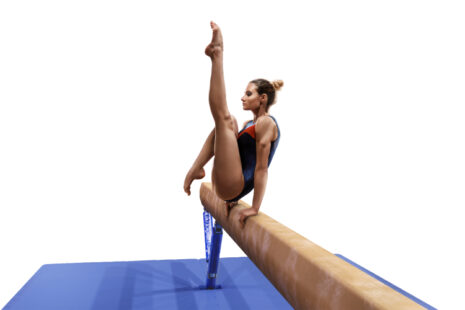When you’re experiencing shoulder pain, certain exercises could worsen your condition or delay recovery. It’s crucial to identify and avoid these activities to prevent aggravating your sore shoulder. Whether your shoulder pain is due to an injury, overuse, or an underlying condition, steering clear of specific movements can help ensure a smoother recovery process.
Here are exercises and movements you might want to avoid
1. Overhead Presses
- Why to Avoid – Lifting weights above your head can put excessive stress on the shoulder joints and rotator cuff, potentially worsening pain and inflammation.
2. Upright Rows
- Why to Avoid – This exercise involves lifting weights in close proximity to your body with your elbows flared out to the sides. It can compress the nerves in the shoulder area, aggravating any existing conditions.
3. Bench Press
- Why Avoid – The bench press can strain the shoulder joint, especially if you have poor form or attempt to lift too much weight. It’s particularly risky if your shoulders are not properly aligned or if you have a rotator cuff injury.
4. Lat Pull-downs Behind the Head
- Why Avoid – Pulling a bar down behind your head forces your shoulders into an unnatural position, which can lead to shoulder impingement or worsen existing shoulder issues.
5. Certain Push-up Variations
- Why Avoid – Standard push-ups may be safe for some, but variations that place increased stress on the shoulders, such as decline push-ups or push-ups with a narrow grip, can exacerbate shoulder pain.
6. Dips
- Why Avoid – Dips require significant shoulder extension, which can overstretch the shoulder muscles and ligaments, increasing the risk of injury, especially in individuals with pre-existing shoulder issues.
Safe Practices for Shoulder Pain
- Consult with a Healthcare Professional – Before starting or continuing any exercise regimen, consult with a healthcare professional or physical therapist. They can provide personalized advice based on the specifics of your shoulder condition.
- Focus on Low-Impact Exercises – Engage in exercises that do not strain the shoulder joint. Swimming (excluding strokes that exacerbate your condition), walking, and cycling are low-impact options that maintain fitness without worsening shoulder pain.
- Strengthen Surrounding Muscles – Strengthening the muscles around the shoulder, including the back and core, can help support the joint and reduce pain. Ensure these exercises do not put a direct strain on the shoulder.
- Prioritize Flexibility and Mobility – Gentle stretching exercises can help maintain shoulder flexibility and mobility, reducing stiffness and pain. Be cautious not to overstretch.
Managing shoulder pain involves not only treating the pain but also avoiding activities that could hinder recovery. By steering clear of certain exercises and focusing on safe, low-impact activities, you can help protect your shoulder from further injury. Always work with healthcare professionals to develop a recovery plan tailored to your specific needs, ensuring your shoulder heals properly and regains its strength and mobility.




